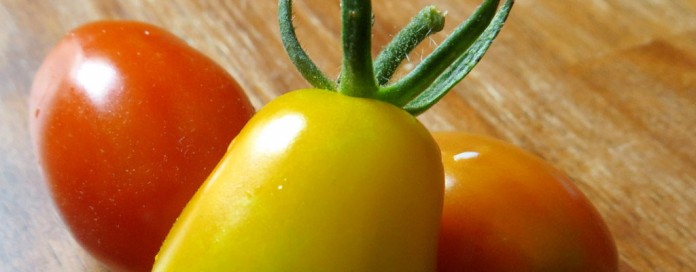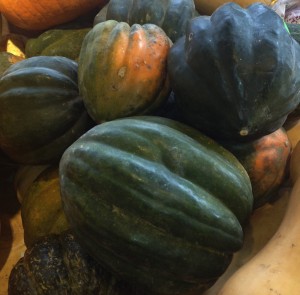My small farm started as an effort to become food self-sufficient. Only after I was producing more than enough produce, dairy and proteins for my own family did I start selling farm products. I’ve been selling direct to the public for a few years now, but self-sufficiency is still my number one planting priority. I favor homestead crops that are nutritious, dependable, high-yielding and hearty. The following are a few of my favorites:
Berries
Blueberries, blackberries and raspberries are high-value fruits with high levels of nutrition. Berries have more antioxidants than any other fruit or vegetable.
Although it takes 1-3 years to establish good-producing bushes, berries are perennials that offer a new crop each year without extra cost or effort. Blueberries, blackberries and raspberries are easy to preserve and keep well for year-round consumption. Expect a yield of 15 pounds per 100 square feet.
Tomatoes
Fresh, diced, stewed, sauced or preserved whole tomatoes are a versatile homestead crop. Tomatoes are the most popular home canning item. If you have adequate food preservation skills you can never grow enough.
Tomatoes are a great non-citrus source of vitamin C, making them an especially heroic homestead crop for northern gardens.
Winter squash
Winter squash is easy to grow, hearty and high-yielding. Squash seeds are direct sown and do not require weeding once plants are established. A single winter squash plant produces between 4-10 squash. Given proper space and growing conditions, winter squash produces a yield of 50-100 pounds per 100 square feet.
Shelling beans and cowpeas
I raise livestock for meat, dairy and egg proteins on my farm, but not all gardeners want to keep livestock. Beans and cowpeas are two vegetable proteins that can fill protein needs for food self-sufficiency.
Legumes grow, die and dry on the vine before shelling. Beans and cowpeas are ready to pick when they rattle dry on the vine. Harvest begins after the busiest part of my growing season ends; I enjoy spending the first afternoons of fall shelling my way through buckets of beans.
Alliums
Doctors praise the immunity building characteristics of garlic and onions. Alliums deter the growth of bacteria, mucus and candida yeast. They promote whole body detoxification and healing.
Alliums can be grown year-round. I grow bunching onions in early spring and again in fall. I also over-winter bulb onions, garlic and shallots. Bulb onions yield a hefty 100-150 pounds per 100 square feet.
Chives and scallions can be used fresh or preserved with dehydration. Garlic, shallots and bulb onions keep well for several months.
Leafy greens
Leafy greens like kale and spinach are the most nutritious vegetables on earth. Both kale and spinach contain calcium and iron, vital minerals often attributed to animal protein sources. Gardeners who don’t keep livestock appreciate the ability to grow these critical minerals in leafy greens.
Many leafy greens can be cut to stalk and regrown to maximize harvest. Intensive growing methods can yield between 100-200 pounds per 100 square feet.
Yield data from Cindy Conner, “A Plan for Food Self-Sufficiency,” Mother Earth News Guide to Self-reliance and Country Skills (2013): 40-41.















